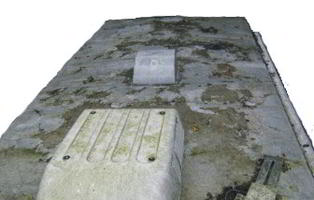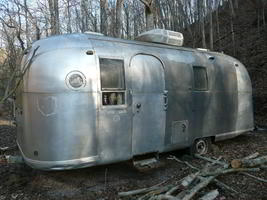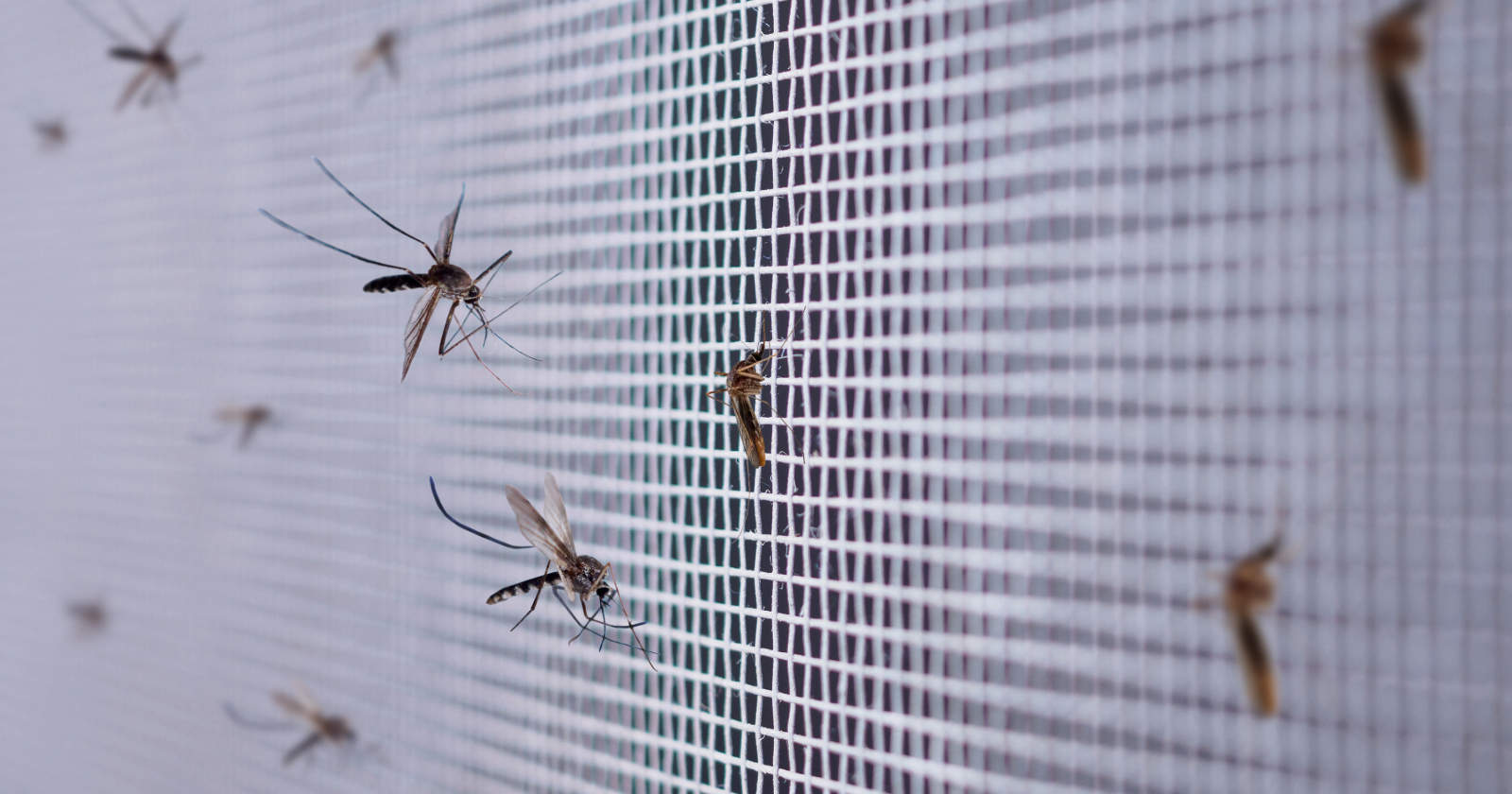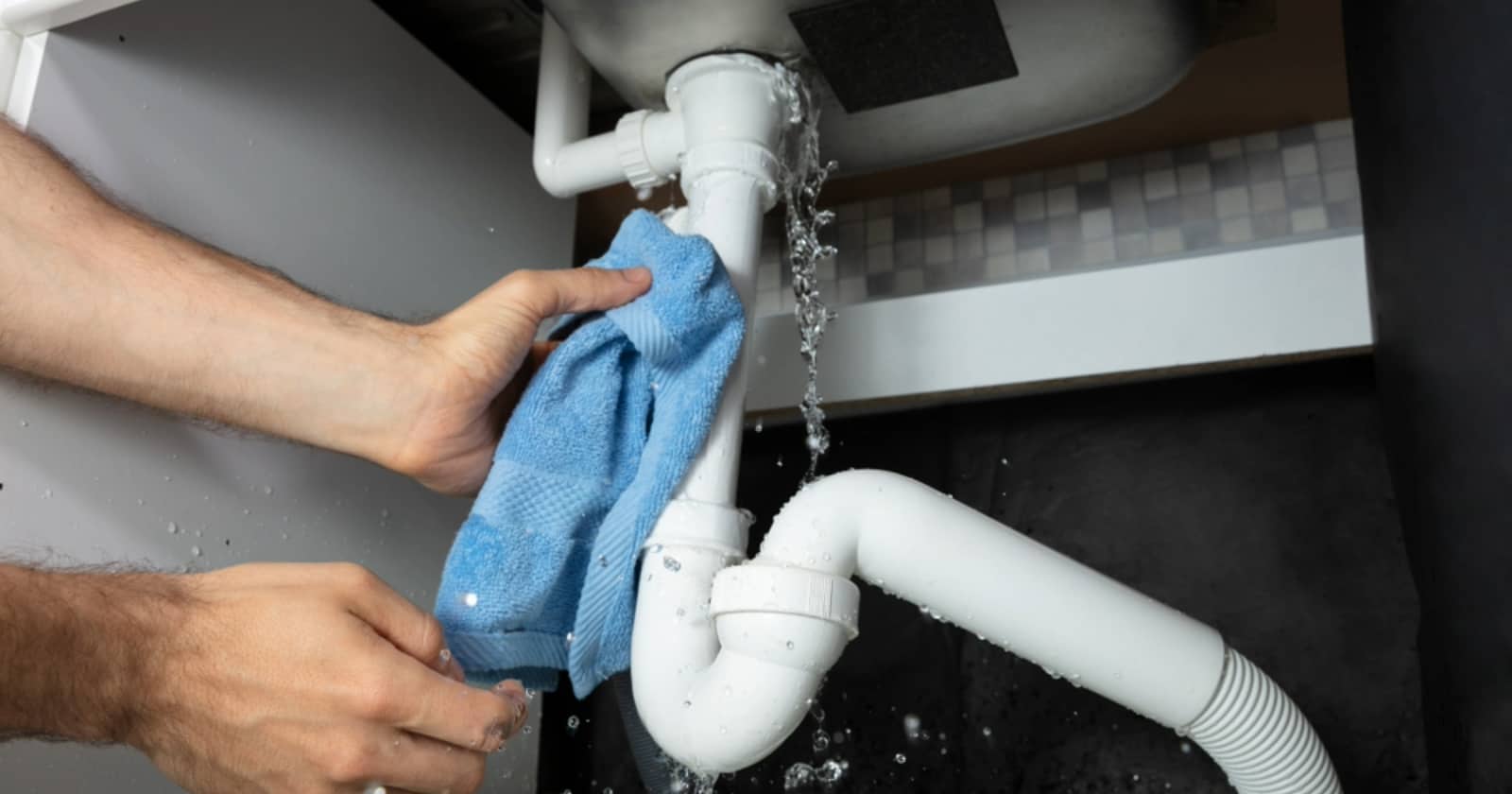As an RV owner one of the many items on your list of annual maintenance should be roof related cleaning and care. RVs come factory standard with either aluminum, fiberglass, thermoplastic olefin (TPO) rubber, or ethylene propylene diene monomer (EPDM) rubber. While fiberglass and aluminum roofs are particularly low maintenance, they increase the cost of your RV, and add a significant amount of weight to your vehicle. This leaves EPDM roofs the most standard in the industry, particularly with small and lighter weight RVs. RV roof maintenance starts with identifying what kind of material is on your roof.
So how would you go about figuring out which type of RV roof you have? The best way is to find it in your owner’s manual, but we know that isn’t always an option. If you can find it then it will state the type of roof material and even offer RV roof maintenance instructions. If your manual is lost to the sands of time, not to worry, there is still hope by using the information below.
Keep in mind that every RV roof, regardless of material used needs the following RV roof maintenance:
- Inspect the Roof – Look for weak seams, cuts in the RV roof, and degrading sealants to repair.
- Preparation is Key – Make sure your RV roof is clear of debris, dust and that is is dry before beginning work on it.
- Use the Right Products – Using the right cleaners, sealants, and materials for the RV roof type you have. Particularly important on EPDM and TPO (rubber RV roof).
- Follow the Direction on the Products you Choose to Use – Give them time to cure, set, dry, etc
- While performing RV Roof Maintenance… – Be sure to lookover your skylights, AC unit, vents, and ladder as they can also attract mold, dirt and get cracked. Don’t seal around your AC unit in most cases, it may disrupt the condensation drainage system and push that water inside your RV.
[asa]B000EDOSS8[/asa]
EPDM RV Roof (Rubber Roof)
RV roof maintenance for vehicles with EPDM roofs need to be performed every 3 to 4 months. EPDM is a rubberized layer that is adhered to a tightly woven fabric. EPDM is often mistaken for fiberglass, so you want to ensure you determine which type of roof you have. In its original state EPDM is quite dark in color, but calcium carbonate, zinc, and titanium dioxide are added to the formula for your roof to give it its distinctive white color. The white color not only gives your RV a cohesive appearance, but creates a reflective barrier to keep your RV cooler on hot and humid days. EPDM has a distinctive method for protecting against the elements. It is designed to oxidize into chalk over time. Most manufacturers use EPDM material that only sheds 1/10 of its thickness every decade. Nothing to worry about but this sometimes causes those unsightly streaks on the side of the RV as it washes away.
EPDM RV Roof Maintenance
Once you have determined that you have an EPDM roof, you must practice proper RV roof maintenance to ensure your roof stays in tip top shape. EPDM roofs are approximately 1/6” thick which allows them to be lightweight, yet easily susceptible to damage. When driving and parking your RV you want to be cautious of low hanging branches or any external elements that could damage your delicate roof. Because EPDM is porous it easily collects dirt, and is prone to chalking as it ages. EPDM roofs are likely to show signs of discoloration faster if you reside in damp climates. Regardless of the climate you live in your EPDM roof is likely to begin chalking after approximately 12 months. Chalking can be identified by off-white and gray powdery residue that sometimes forms streaks down the side of your RV as it is washed away.
RV roof maintenance for EPDM roofs needs to be performed every 3 to 4 months to wipe away dirt, debris and any accumulating mold. While molds may begin to grow on your EPDM roof, the mold will not penetrate the EP M fully. However both mold and dirt can cause lasting visual stains, however they will not affect your roof’s performance. It is important to remember that mold can grow on RVs in warm climates that are not particularly susceptible to mold too. This is because the rubberized material of your roof reflects the heat of the sun allowing mold to grow. To reduce the likelihood of stains get out your ladder, a non-abrasive cleanser, and a soft bristled brush. Ensure that you avoid all petroleum-based products and cleansers when cleaning your EPDM roof. On of the most popular RV roof maintenance products for cleaning and condition a EPDM RV roof is RV Pro-Tec Rubber Roof Care System. Then you will follow up by using sealant on any problem areas you found during inspection.
[asa]B002EVWDNU[/asa]
TPO RV Roof (Rubber Roof)
TPO roofs are fairly comparable to EPDM, yet are smoother and shinier. TPO also has a less porous finish that will not absorb dirt and mold as easily as EPDM roofs. TPO doesn’t chalk up by oxidizing so you wont have the unsightly streaks. TPO also tends to be significantly less slippery when wet. If you find it hard to keep your footing on the wet roof then you are most likely dealing with EPDM.
TPO RV Roof Maintenance
The process for RV roof maintenance doesn’t really change between EPDM and TPO. TPO traditionally has seams that are longer lasting and less prone to separation than EPDM. This makes it easier to maintain from that regard. This also means they are more expensive to repair given traditional rubber roof sealants may not work as TPO seams are heat welded and become harder to adhere to over time. They also tend not to be as porous and require as much cleaning to keep away stains. TPO can be cleaned and cared for in much the same way as the EPDM.
Aluminum and Fiberglass RV Roof Maintenance
Aluminum and Fiberglass RV roofing maintenance tends to the same for both. They are easy to care for in comparison to the rubber RV roof but as mentioned above have their drawbacks with expense and weight. They will require a gentle cleaning from time to time with specialized cleaners. Other than that you should inspect the roof regularly and repair/seal any of the openings or connections to anything that breaks up the roof such as ladders and vents. You can use a self leveling sealant such as C-10 for aluminum, Silaprene for fiberglass or Dyco 20/20 seam for either.
Camping World carries a full array of products for all RV roof types including rubber, aluminum and fiberglass. If you prefer a visual guide be sure to watch this video on RV Roof Maintenance on YouTube.





